Visual timelines help SEN children reduce anxiety
Paedeatricians recommend the use of PECS visual timelines to reduce distress. However, PECS is not without it’s limitations. The alternative is to use digital visual timelines which are easier, more accessible and convenient.
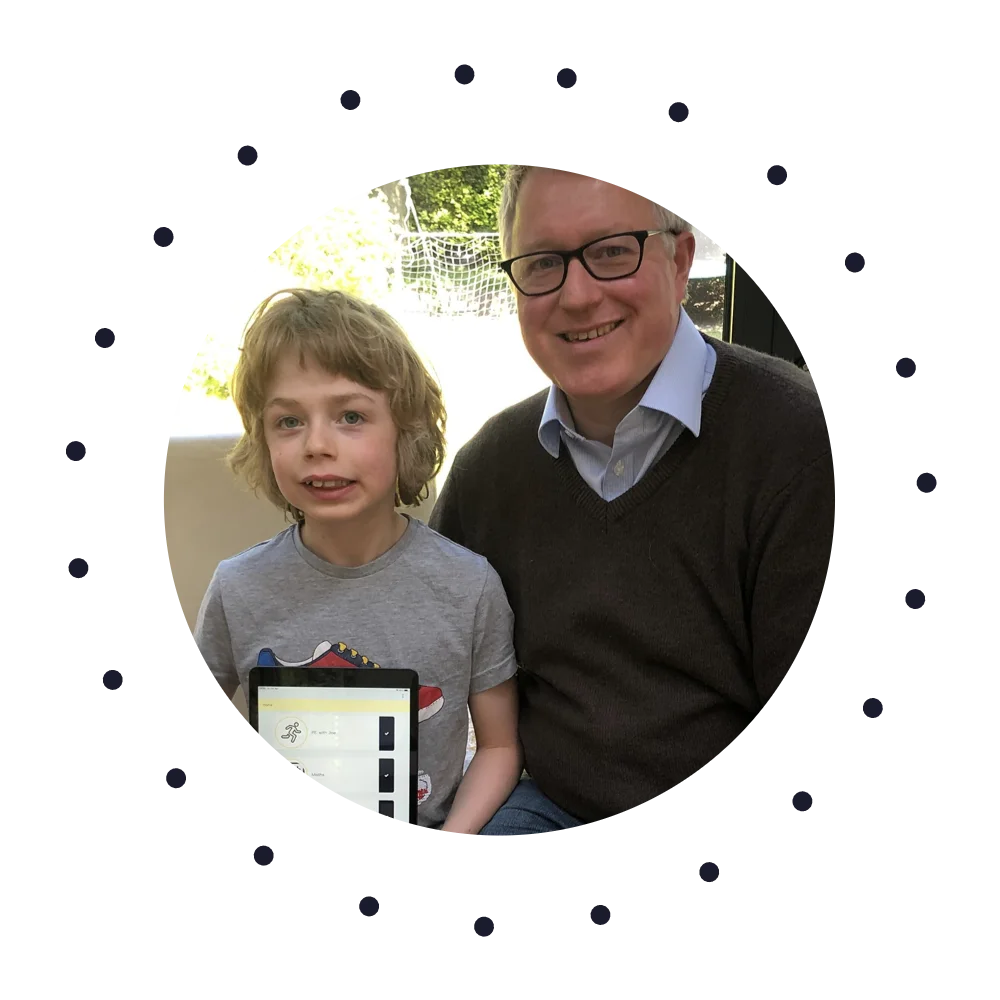
Our journey to bring visual timelines into the 21st century
When we received the diagnosis that our son, Freddie, is autistic, my wife and I did what many parents do when hearing this. Research.
We spent weeks looking at what this meant for us as a family, what support Freddie would require throughout his life and crucially, how best to communicate with him.
Freddie was completely non-verbal until the age of two and a half. A support worker had suggested using PECS cards as a form of communication. They worked wonderfully and he was much more relaxed once we started using visual cues.
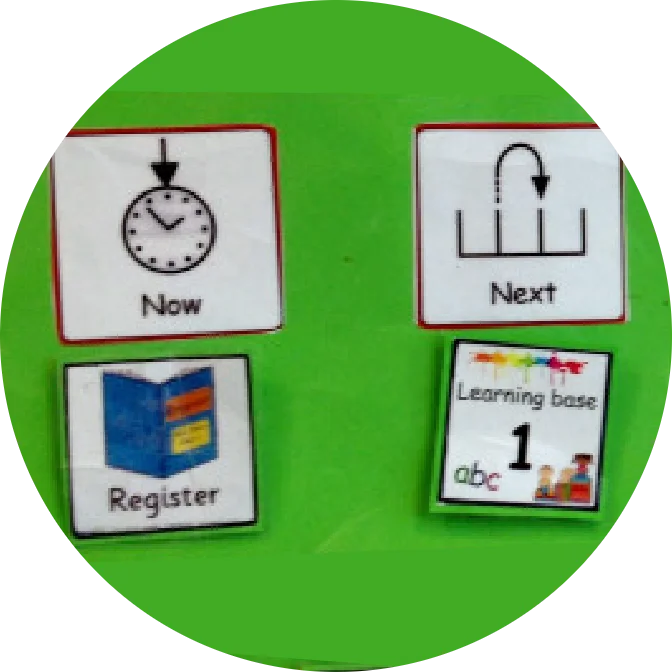
Challenges we faced with PECS and Timelines
Picture Exchange Communication System (PECS) cards are images used by parents and teachers to help communicate with children or adults with speech and language issues.
By using visual timelines, a series of laminated pictures and icons we were able to prepare Freddie for the day ahead. By creating a timeline, starting with “NOW” and “NEXT” images before progressing to mapping out the entire day’s various activities, Freddie understood what to expect. This helped reduce his anxiety, improve communication and resulted in a calmer home environment.
However, over time I became frustrated by some of its limitations; challenges with portability (carrying a folder of images everywhere can be very frustrating), updating and amending the timeline (especially when out of the home environment), losing or breaking cards / icons and the cost and time taken to create ‘bespoke’ activity cards (and replacements). This all meant that despite its value this solution was not perfect and was taking a lot of time to make and maintain.
“Imagine having 1000s of icons already in the palm of your hand!”
That’s when the idea for picturepath was formulated, I wanted to create a ‘digital’ visual timeline that could be used and easily updated on laptops, phones and tablets. I believed that in making timelines more accessible, easier to use and maintain, and ultimately leveraging the power of digital technology and the internet we could create a product fit for the 21st century.
Work started late 2017, alongside my day-job at this point, and I spent several months speaking to as many SENCOs, parents, children and SEN experts as possible to better understand the challenges they faced with the existing timeline tools, and gather requirements for what we’d build for picturepath.
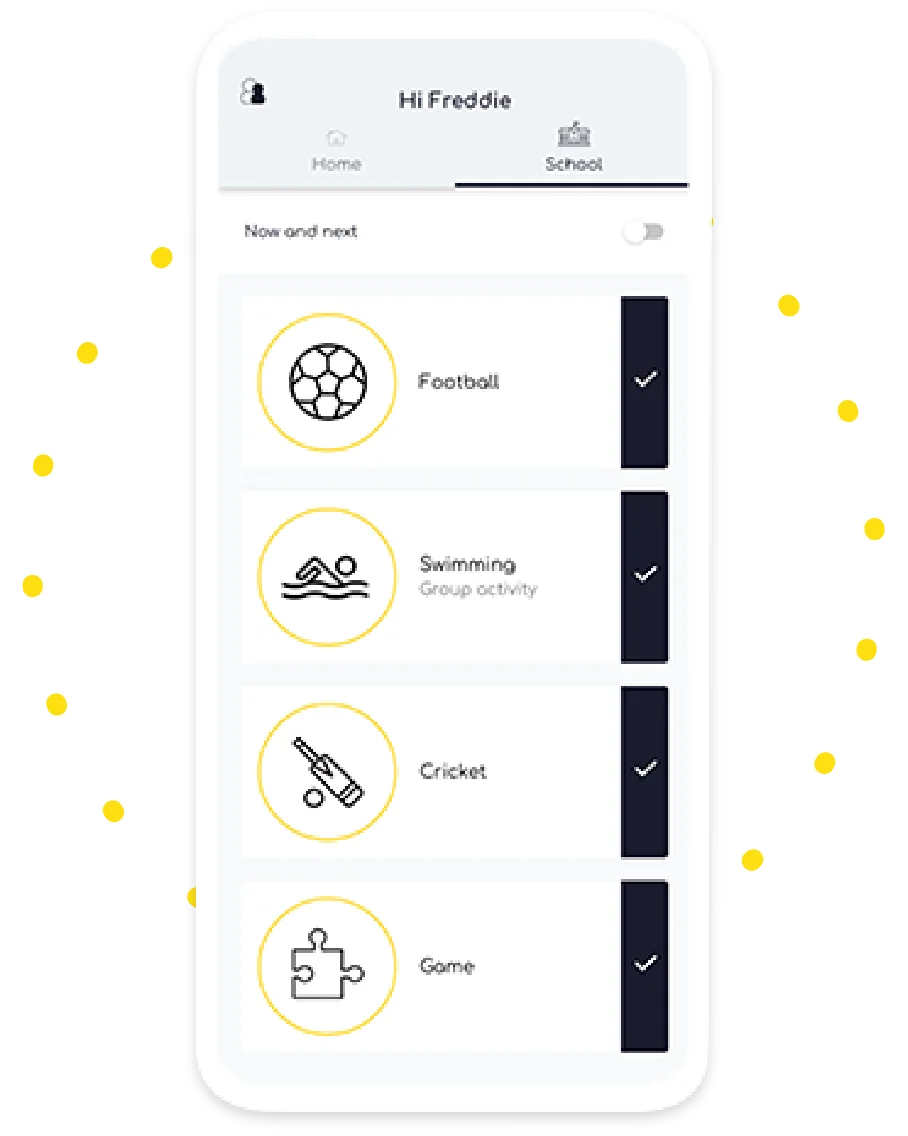
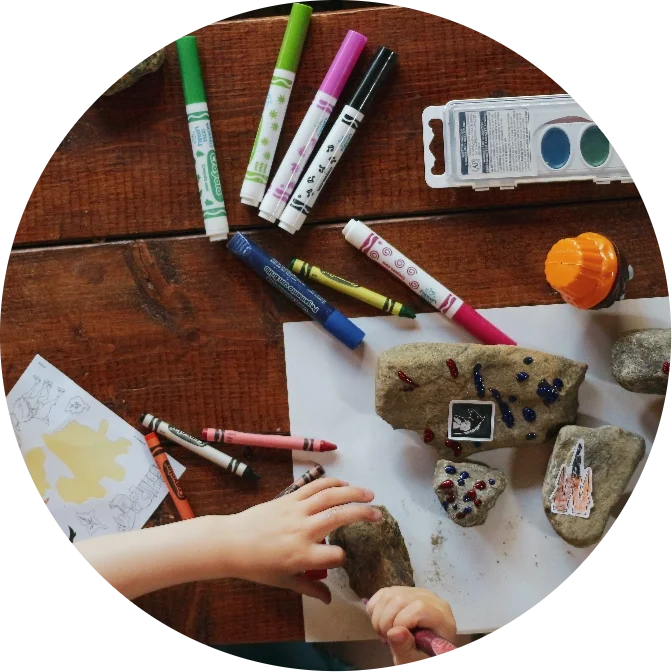
The problems I experienced resonated with others too, the more people I spoke to the more excited I became about bringing it to market and the opportunity to help so many autistic and other SEN children, and their caregivers, to manage their days with less stress and anxiety.
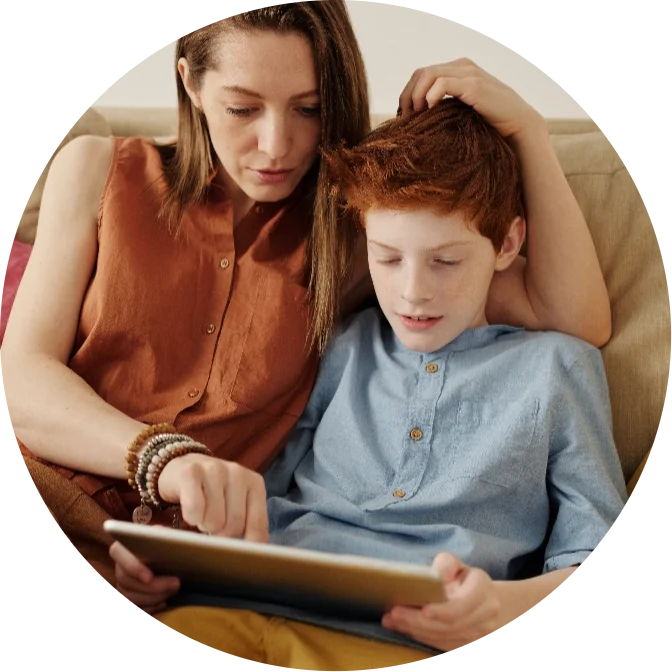
Our first version of picturepath was launched a year later, we focused on an app specifically for parents first. It covered the main timeline functionality, and was enough to get it into the hands of our first users and start to gather feedback and add improvements.
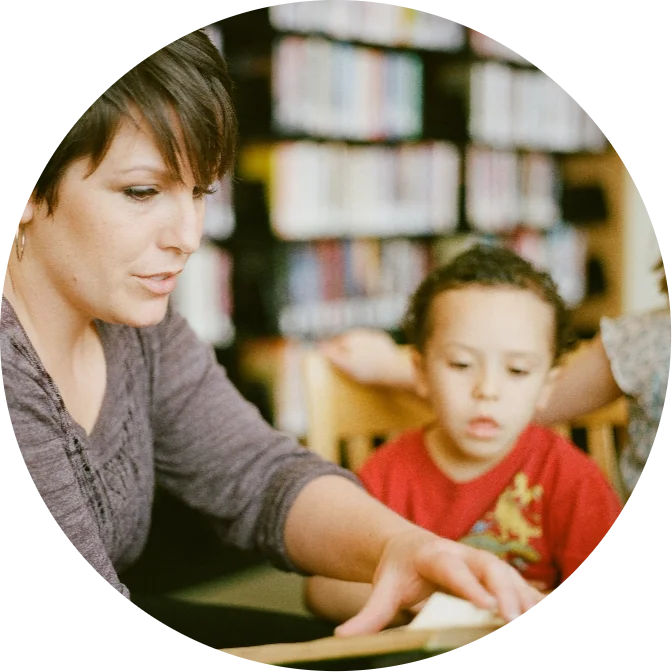
It’s an approach that we continue with today, constantly speaking to our customers, gathering feedback and adding features and improvements continuously as we grow. With our V1 product we managed to get over 500 downloads in under 6 months, which alongside a full-time job and with little to no marketing budget was a great sign that we were doing something right.
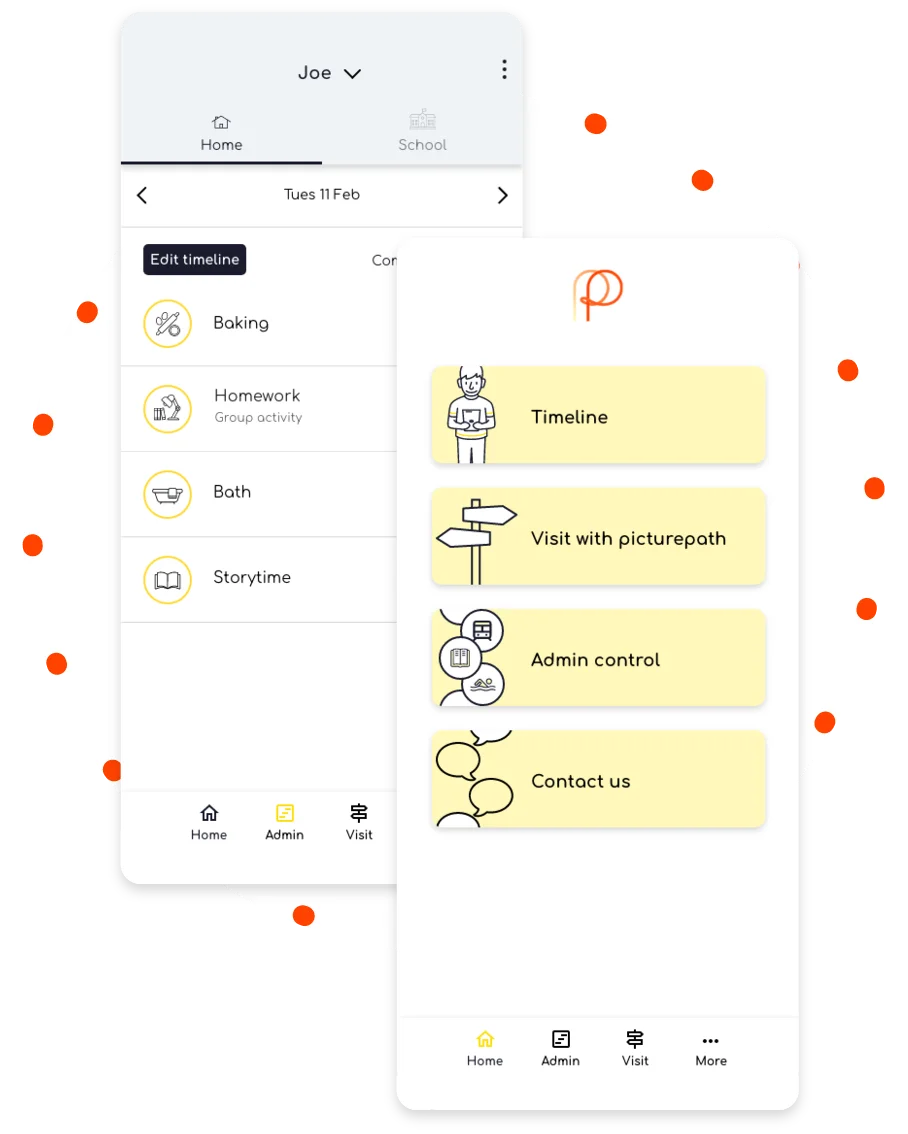
Over 3000 downloads later, we decided to re-focus our efforts on developing more features and functionality specifically for school use. For example we’ve since added the ability for teachers and SENCO’s to share timelines with parents, add comments and notes about the day’s activities, view and switch between home and school timelines, as well as tons of other features that SENCO’s and their pupils really enjoy. We love getting feedback from schools about how they find using picturepath. I wanted to include this one from Jenna McNally, a SENCO at St Matthew’s Primary School in Liverpool, which we received recently that really made us smile:
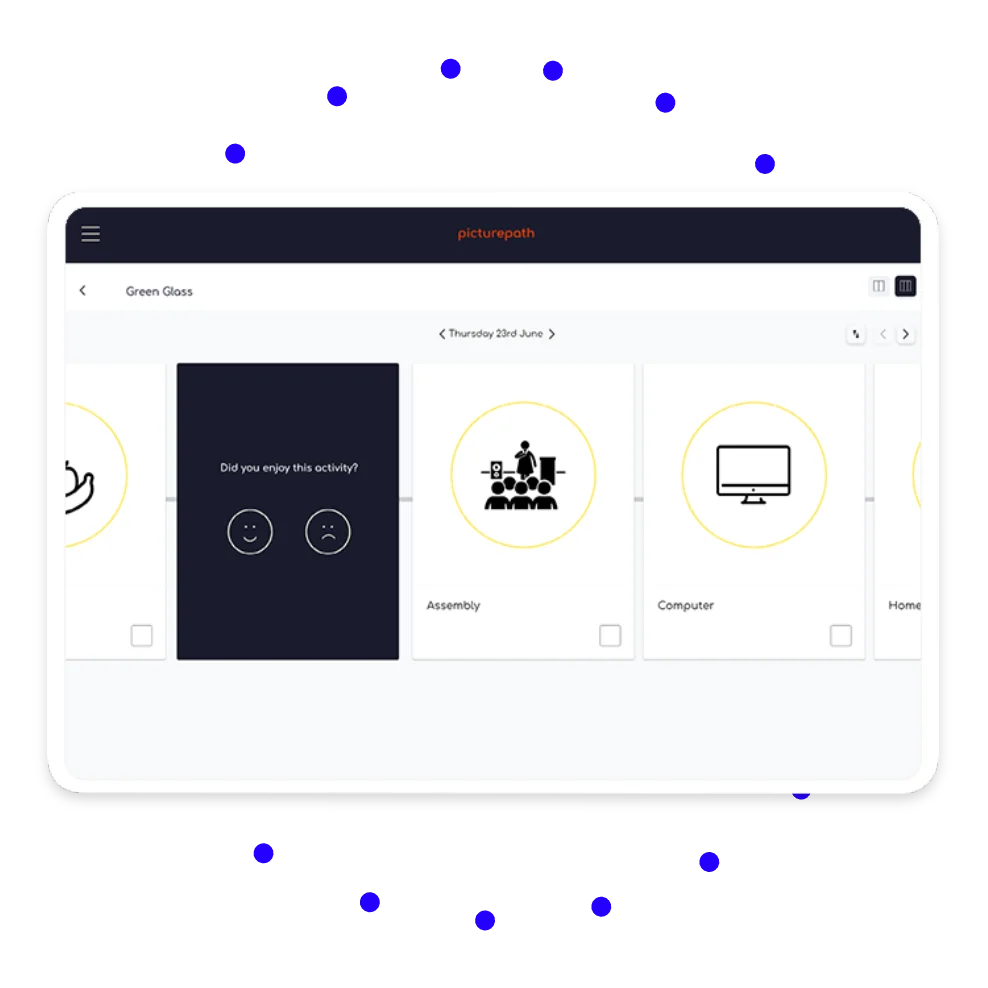
What’s next?
So far It’s been a journey of discovery all designed to improve the life of our son Freddie and those like him. We have found a better way to communicate with him and in doing so, have helped thousands of other families and many schools do the same for their children. It’s great to see the difference it has made.
We’ve now got a great team working on the product and the next round of improvements which we can’t wait to share with you all. We’ve been listening to all of the great feedback and suggestions our users have given us and will be rolling these out in the coming months so watch this space! If you’d like to try picturepath at your school, commitment free, just let us know. Either contact us or book in a call and I’ll be happy to run through a demo and organise getting it set up to try at your school.
Try picturepath at your school or venue. Book a call today to get set up.
